
nasal bone anatomy dog
The nose is positioned in the center of the face. The structure and length of the nose varies greatly in dogs. In dolichocephalic breeds of dogs (e.g. collie, Doberman pinscher, German shepherd dog), the nose is quite long and prominent. In brachycephalic breeds of dogs (e.g. pug, Pekingese, Lhasa apso, bulldog), the nose is quite short and.

Anatomy Of Dog Nose
Adams and Hotchkiss (1983) described the nasal mucosa of the dog. The nasolacrimal duct (ductus nasolacrimalis) carries the serous secretion from the conjunctival sac to the nasal vestibule (Fig. 8-4). A characteristic of a healthy dog is a moist nose, which is maintained in part by the combined secretions of the lacrimal and lateral nasal glands.
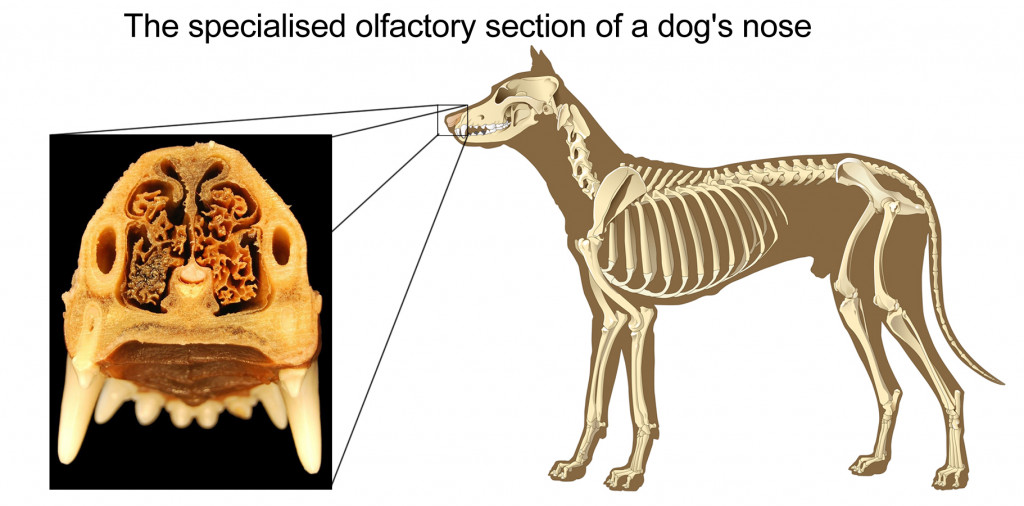
Why Do Dogs Like Sticking Their Head Out The Window?
A dog's nasal cavity is divided into two separate chambers and opens into two nostrils, or nares, that can wiggle independently and that can take in smells separately. As a dog sniffs, particles and compounds are trapped in the nasal cavity by mucus while scent receptors process them.
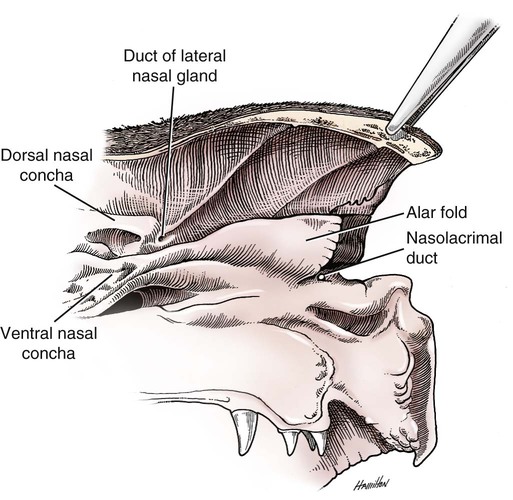
The Respiratory System Veterian Key
The dogs nose begins at the nasal planum, this is the hairless, pigmented area that is visible externally and is often referred to as the 'button' of the nose. A thick layer of keratinized epidermis covers the external dog nose and the nose is kept moist by secretions produces by the nasal glands. Nasal planum - button of the dog's nose.

Dog Nasal Cavity Anatomy ANATOMY STRUCTURE
Nasal cavity The nasal cavity is essentially a tube with a wall established by several bones of the skull. The borders of the nasal cavity are as follows: Caudal: The cribrifrom plate of the ethmoid bone . Ventral: Continuous with the nasopharynx. Dorsal: The maxilla and the palatine processes of the incisive bone .
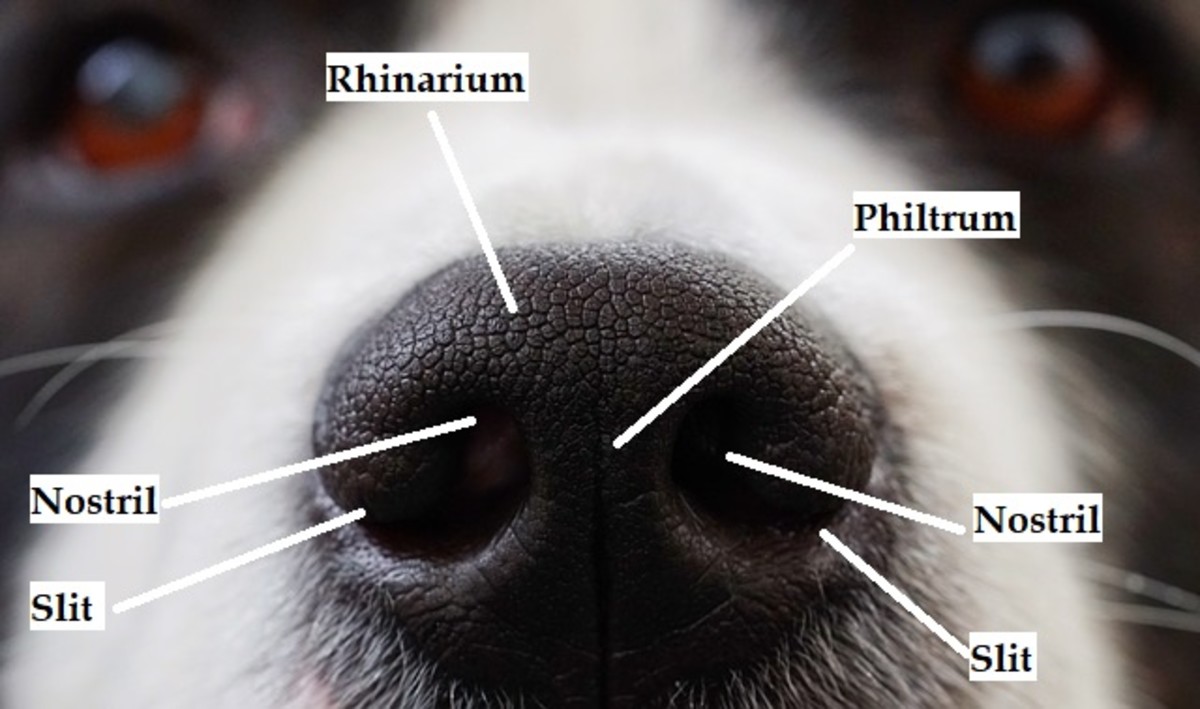
Why Do Dogs Have Slits on the Sides of Their Nose? Dog Discoveries
Custom Solutions Log In Some canine anatomical names may be familiar to you — dogs have elbows and ears and eyes — but other names may be downright foreign. Many anatomical terms used

Pin on собаки здоровье
Tumors. • Tumors of the nasal cavity and paranasal sinuses account for approximately 1% of all neoplasms in cats and dogs. • Most intranasal tumors are diagnosed in older dogs and cats (>8-10 years) and in large-breed dogs. • Tumors in the nasal cavity are usually found in the caudal third of the nasal passages.

Head Dog Anatomy Nasal Cavity Sagittal Section 20 Inch By 30 Inch
The essentials A dog's nose knows — A dog's sense of smell is incredibly powerful and is exponentially stronger than our own. This is thanks to their up to 300 million olfactory receptors, compared to a mere six million in humans.
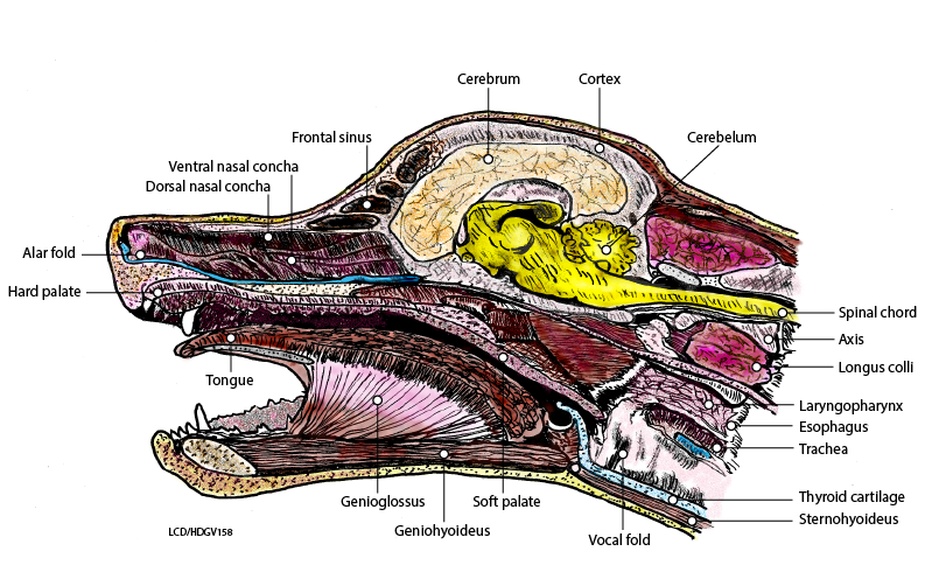
Dog Lip Diagram Ownerlip.co
Quick idea: in this article, you will learn the location of different organs from the different systems (like skeletal, digestive, respiratory, urinary, cardiovascular, endocrine, nervous, and special sense) of a dog with their important anatomical features.
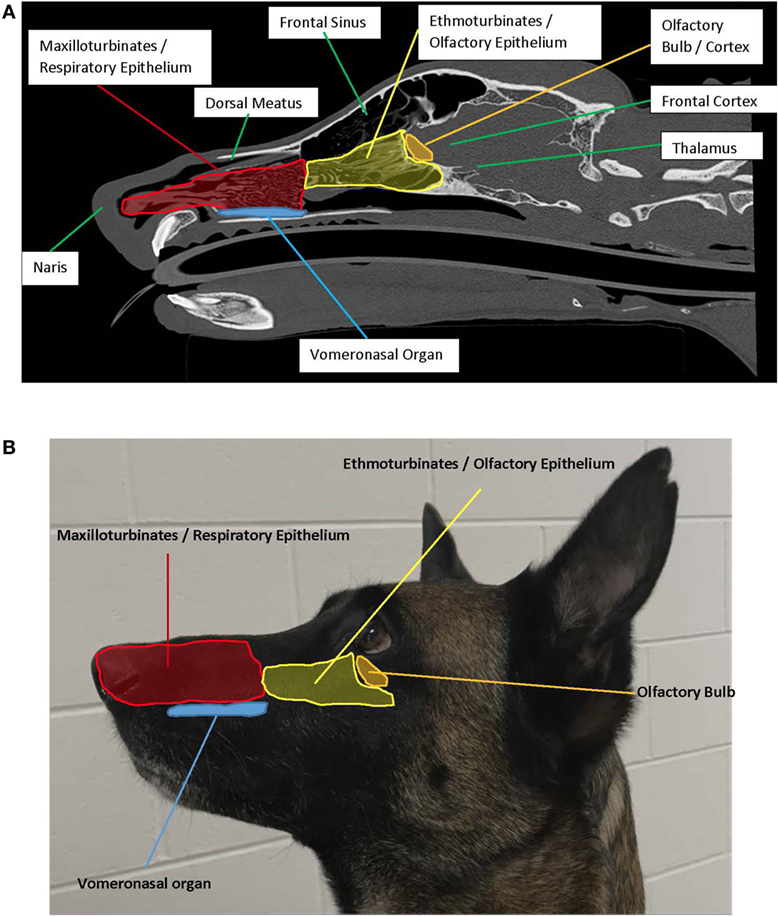
Anatomy Of A Dogs Nose
This modules of vet-Anatomy provides a basic foundation in animal anatomy for students of veterinary medicine. This veterinary anatomical atlas includes selected labeling structures to help student to understand and discover animal anatomy (skeleton, bones, muscles, joints, viscera, respiratory system, cardiovascular system).

Nasal Meatus Dog
The anatomy of the skull and nasofacial area of the dog and cat is complex, with cavities, sinuses, mandible, maxilla, dental arcades, and cranial cavity. In the 2-dimensional radiography image, the 3-dimensional skull creates a complex series of lines and superimposed osseous structures.

Dog Throat Anatomy With Diagram Pharynx And Larynx Anatomylearner
The dog's nose is kept moist by lacrimal (tear) and nasal gland secretions. The moist nose allows the dog to inhale a larger number of scent molecules. Once the scent is captured, it is dissolved and transported to the olfactory (scent) region inside the nose. The olfactory receptor cells are located in this region.
Vomer Bone In Dog / The superior nasal concha is a part of which bone
Facts About Your Dog's Nose and Amazing Sense of Smell. Here are eight more interesting facts about your dog's sense of smell that prove that canines have superior noses. 1. A dog's nose has two functions—smelling and breathing. According to Dr. Nappier, a canine's nose has the ability to separate air.
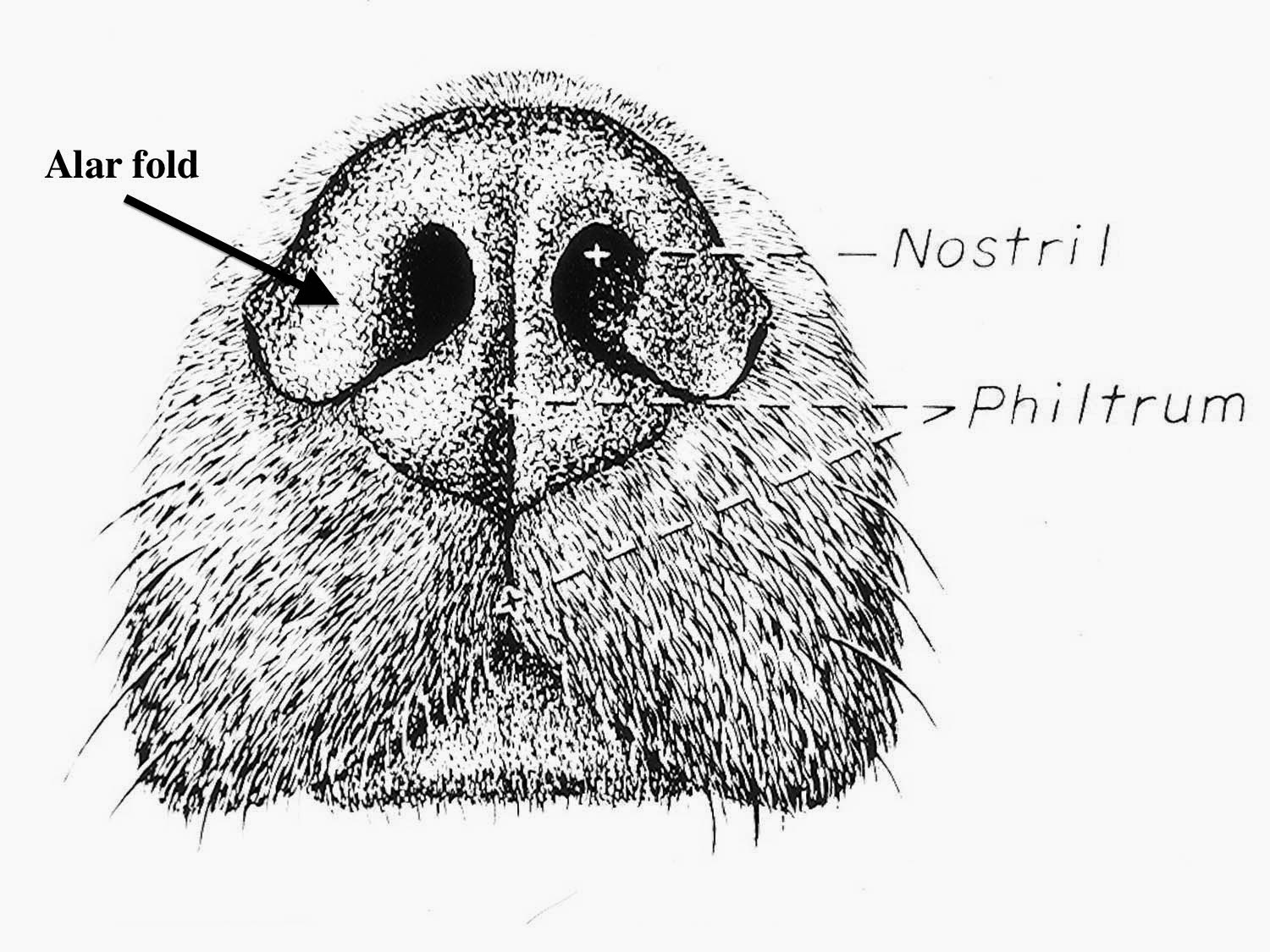
Veterinary Key Points Surgical Correction of Stenotic Nares Or how to
The snout ends at the end of the dog's nose. Their nose is covered in a layer of hardened furless skin which differs in shape and color depending on the breed and individual dog. A similarity in dog anatomy is that all dog breeds have the same amount and type of teeth, even if their bite shape varies.

Dog nasal anatomy 2 Diagram Quizlet
Nose The nasal cavity begins at the nostril, ends at the choanae, and is divided longitudinally by the nasal septum into two nasal fossae. The nasal planum is the pigmented, hairless, rostralmost surface of the external nose. The philtrum is the midsagittal external crease in the nasal planum.
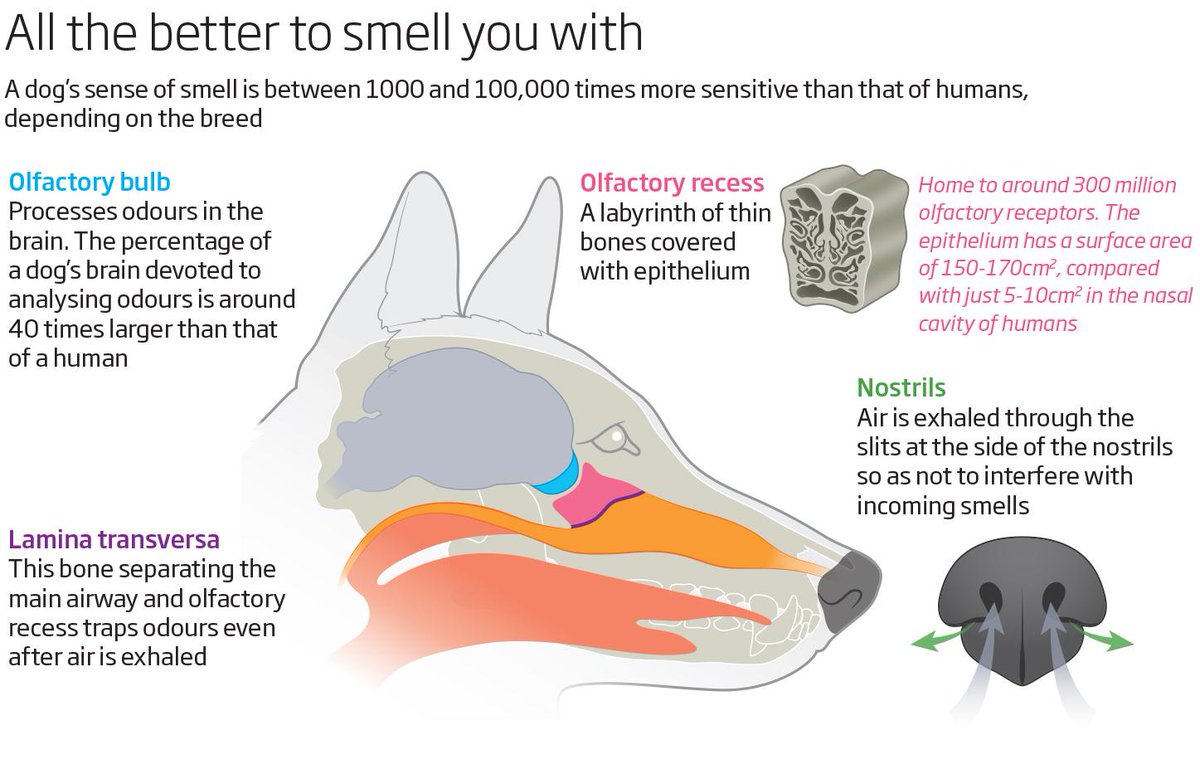
Part 5 Understanding Your Dog's Senses Woofalicious Tales
Canine nose power has fascinated humans for eons. We're probably just jealous, since our noses pick up tiny fraction of what our dog's noses easily gather. Dog noses have two purposes, breathing and gathering info. All mammals have turbinates, which are bony, curly scroll-shaped plates, that air flows over in the breathing process.